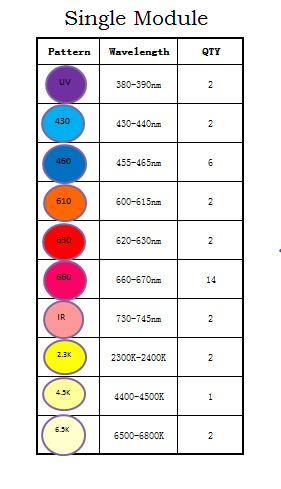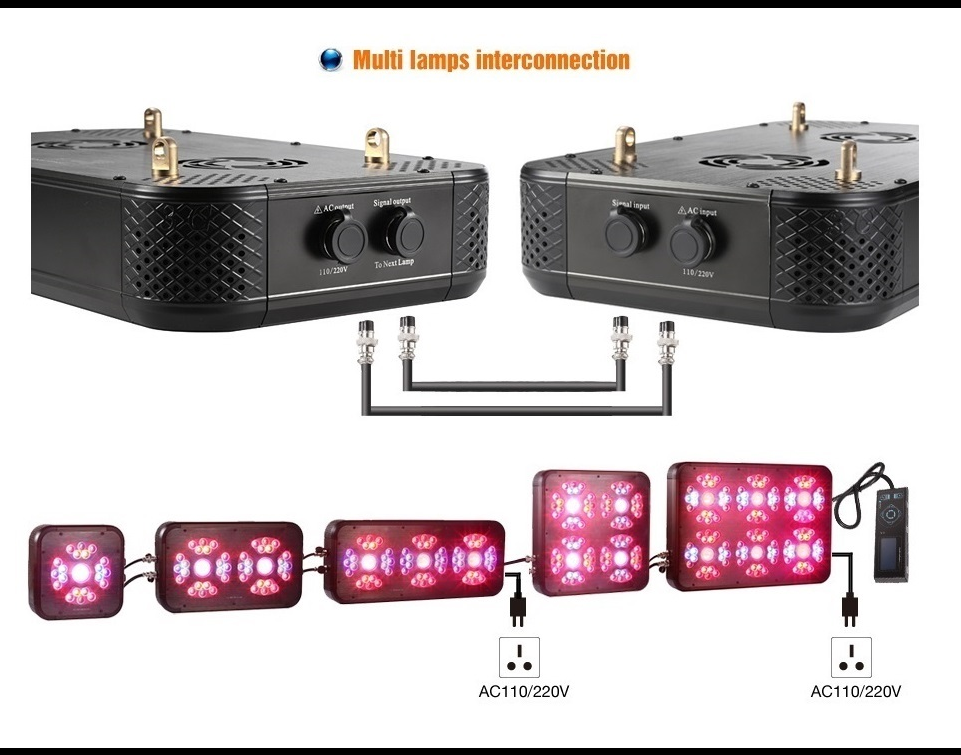deszczpada
New Member
Hi Everybody I want to buy a Led grow light and I got some information about spectrum of theme It is special for weed grow ligth and the spectrum of six bands 300W is:
192x 660nm, 30x 630nm, 30x 455nm, 18x 610nm, 18x 420nm, 12x730nm.
Im not sure about best spectrum so Please let me know it is all right ??
192x 660nm, 30x 630nm, 30x 455nm, 18x 610nm, 18x 420nm, 12x730nm.
Im not sure about best spectrum so Please let me know it is all right ??






 - JZ
- JZ
